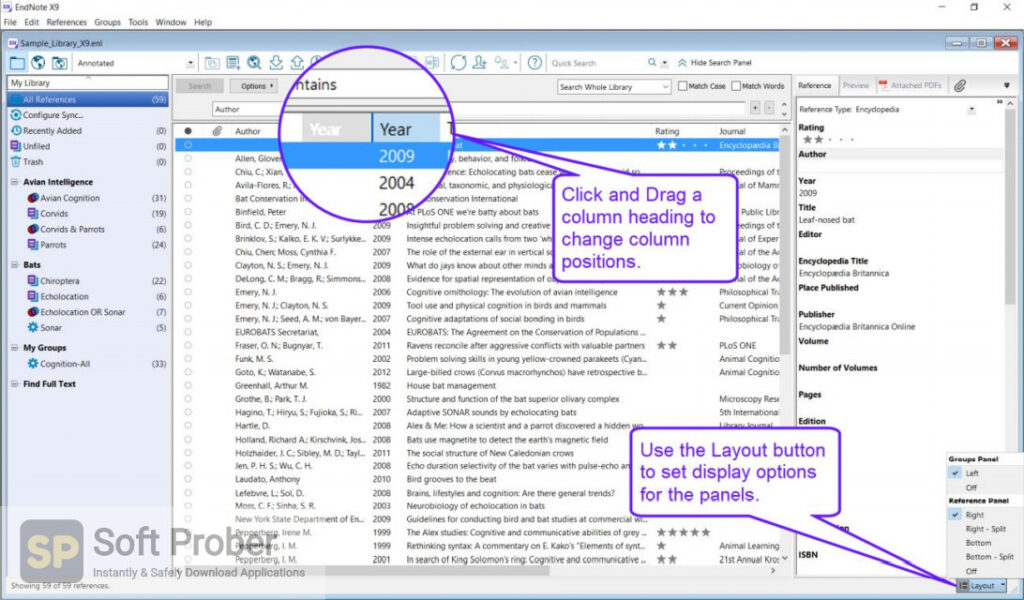
It is true that industry will not fund "any" research they want to support research that solves their current needs or could lead to break-throughs in products they can commercialize. A concern faculty often express is that they would have to do "applied" and not leading edge research. The public gains trained students, research advances that lead to better and lower cost products, and economic growth. In addition, there are opportunities for royalties and donations that help everyone. Universities receive funds for research, scholarships, etc.

Faculty receive funds for their research, exposure to real-world problems, equipment, consulting opportunities and more. to industry life and career/job opportunities.

Students receive scholarships, research opportunities, exposure. Well thought out and understood "partnerships" between companies and universities can be good for everyone. In addition, re-engineering at industries has forced them to review how and what they sponsor at universities. The Bibliography of the History of Art – BHA – a cooperative venture of Inist-CNRS and the Getty Research Institute, from 1990 to 2007.Industry sponsorship of research at universities is growing and becoming more important as funding resources change. The Répertoire International de la littérature de l’art / International Repertory of the Literature of Art – RILA – an abstracting and indexing service for the literature of art history created in 1975 by the Clark Art Institute and co-sponsored from 1982 to 1989 by the Getty Trust, which assumed full sponsorship in 1990, The Répertoire d’Art et d’Archéologie – RAA – containing all records for the same publications as above, and managed by Inist-CNRS from 1973 to 1990, The Répertoire d’Art et d’Archéologie – RAA – a bibliographic publication, published from 1910 to 1972 under the direction of INHA’s Library of the National Institute of Art History and subsequently by the CNRS, providing descriptions of articles, monographs and sales catalogs from many countries, OpenBibArt - A century of western bibliography on art history aggregates the records of four related databases:


 0 kommentar(er)
0 kommentar(er)
